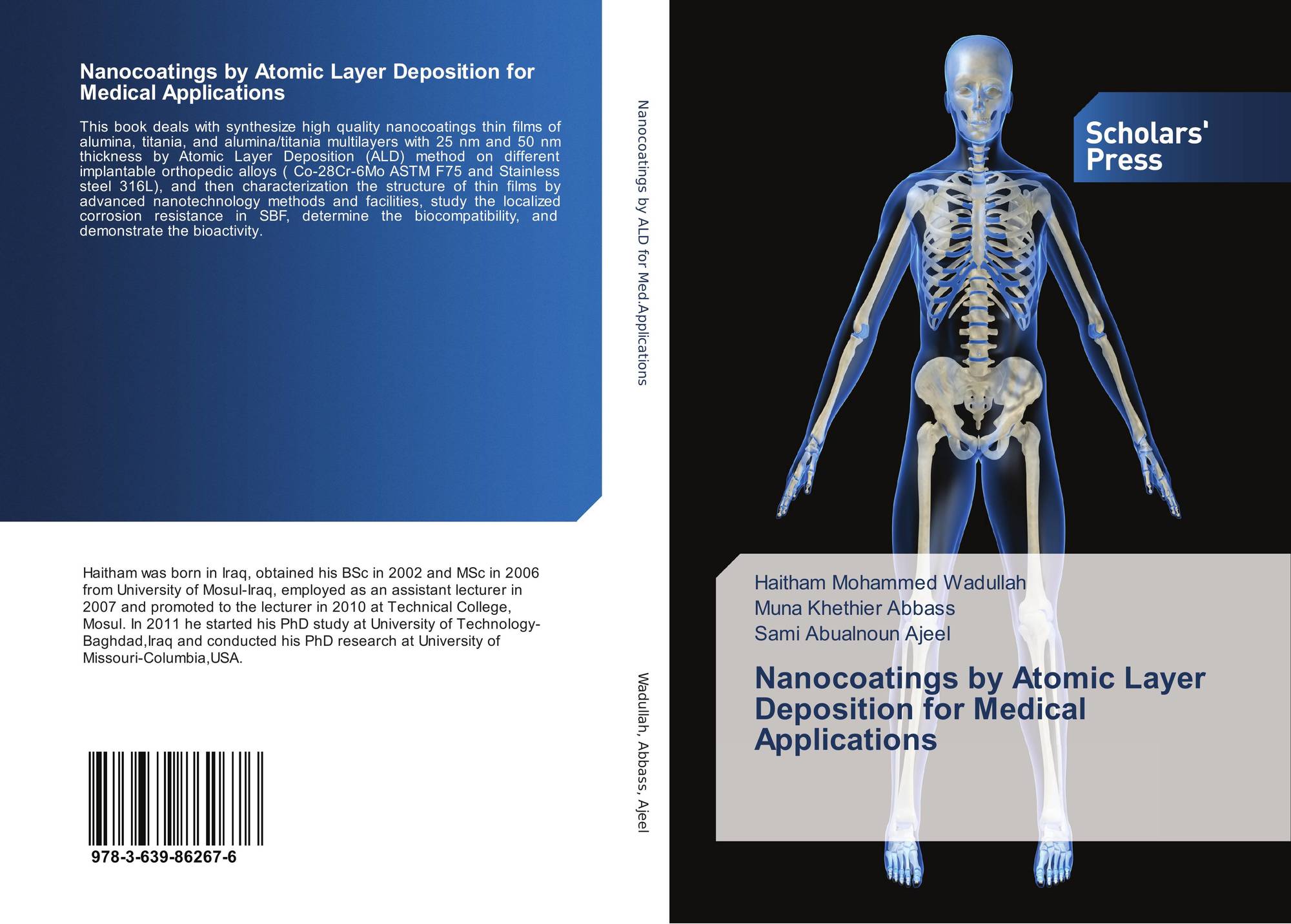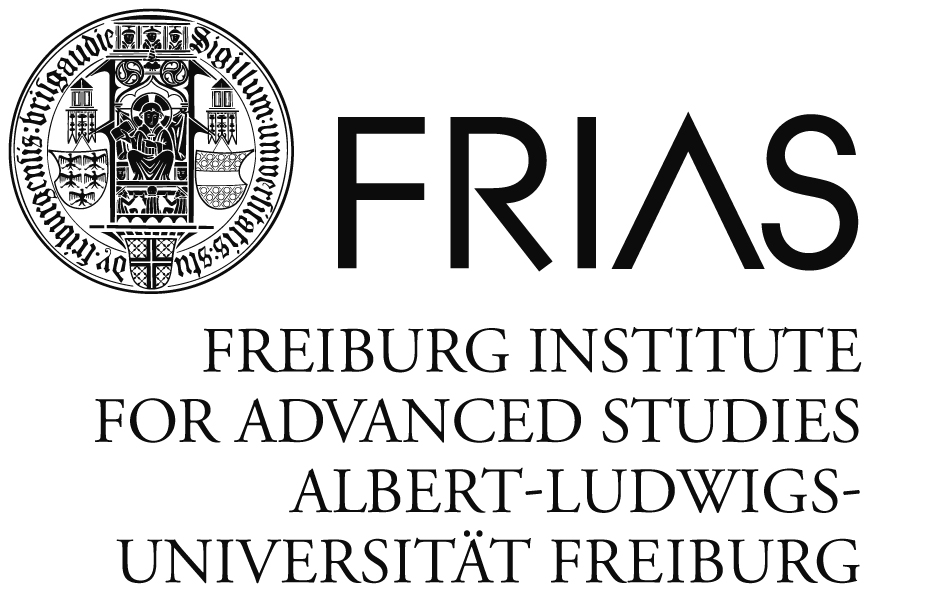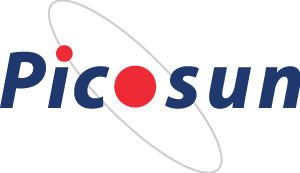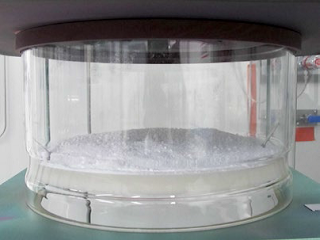Well in time for the AVS ALD 2015 International Confernce in Portland USA, Picosun releases Summer News 2015. The magazine is available online with some great stories and news and can be downloaded
here and the main headlines you can see below:
Picosun’s leading vacuum batch options win more market in MEMS, LED, and III-V
manufacturing
MEMS, LEDs, and other III-V compound semiconductor devices are central market segments for Picosun’s production ALD technology. In order to maintain the spearheading position as the solutions provider to these manufacturers, Picosun has built an extensive range of automatic vacuum batch sample handling systems optimized for the requirements of the above mentioned industries. Two examples are shown below, the PICOPLATFORM™ vacuum cluster system and the PICOSUN™ P-300 Pro reactor equipped with the batch flipping mechanism
Versatile, multifunctional, high throughput PICOPLATFORM™ vacuum cluster systems have been a solid success since their launch. The substrate handling system of the PICOPLATFORM™ tool is based on Brooks MX™- or Marathon™ -series vacuum robot clustering units.
The PICOSUN™ P-300 Pro reactor equipped with the batch flipping mechanism is optimal for e.g. MEMS manufacturing line, where the most part of the processing happens in horizontal geometry, in contrast to the vertical position required for the wafers in the ALD reactor. The flipping system picks the wafers from the loading cassette one by one and flips them into vertical position in the wafer holder for the ALD process step. During the unloading step, the wafers are again flipped back to horizontal position in the receiving cassette. Currently, the flipping system is optimized for handling a cassette of 25 pcs of 200 mm wafers.
Picosun’s Asian expansion continues in Taiwan
Picosun and National Chiao Tung University (NCTU) have established a Joint Industrial ALD Research Laboratory at the premises of NCTU’s X-Photonics Interdisciplinary Center in Hsinchu City, Taiwan.
The signing ceremony of the Joint Industrial ALD Research Laboratory. From left to right: ATOM SEMICON Vice President Mr. Bob Lin; CEO of Picosun Asia Pte. Ltd. and Applications Director of Picosun Oy, Dr. Wei-Min Li; Vice President for Research and Development of NCTU, Prof. Edward-Yi Chang; Chairman of the Board and CEO of Picosun Oy, Mr. Kustaa Poutiainen; Secretary General of NCTU, Prof. Hsin-Tien Chiu; and Associate Vice President, Office of International Affairs and Distinguished Professor, Department of Photonics and Institute of Electro-optical Engineering, Prof. Hao-Chung Kuo.
Large scale powder ALD enabled with POCA™ 300 and Picovibe™ technologies from Picosun
Following the recent news of Swedish Nanexa using ALD to coat medically active particles for precise drug delivery (
PharmaShell® is a completely new drug delivery system) it is interesting to see that Picosun also offers a full scale production unit through the POCA
™ and Picovibe
™ technologies.
Picosun’s POCA™ 300 powder coating system allows ALD processing of large powder batches utilizing the company’s industry-standard PICOSUN™ P-300 reactor design.
Picosun extends ALD solutions portfolio for mechanical 3D part protection
The unmatched quality of the ALD films and the ALD method’s ability to cover reliably and uniformly even the tiniest surface details make it an ideal technique for protective surface treatments for macroscopic 3D objects. Picosun’s production-proven ALD technology already enables anti-tarnish and decorative coatings on coins, watches, and jewelry parts, offering totally new, improved, environmentally friendly, and cost-efficient alternative to traditional surface protection methods. Now, the solutions portfolio has been extended to yet new product categories such as printed circuit boards (PCBs), medical implants, and, as an example of heavier machinery, engine, pump, and compressor parts.
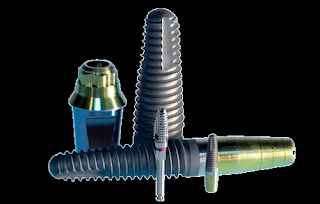
Picosun’s production-proven ALD coating solutions are already in use in medical implant manufacturing. ALD is an ideal method for bioactive surface functionalization of titanium alloy dental implants, metal parts of artificial hips, and other implantable surgical devices, for improved patient safety and longer lifetime of the devic
Customer interviews:
- Prof. Hao-Chung Kuo, National Chiao Tung University, Taiwan
- Dr. Giuliana Impellizzeri, National Research Council, Catania, Italy
- Dr. Jonas Sundqvist, Lund University, Sweden



%20(1).png)








